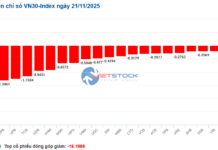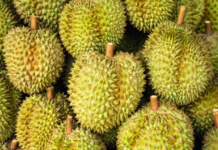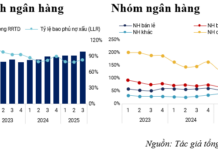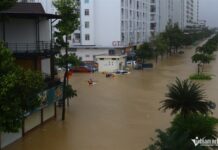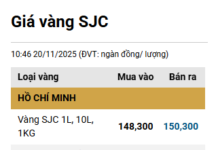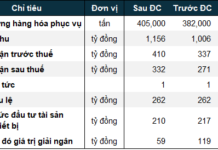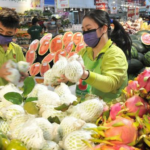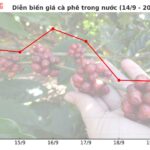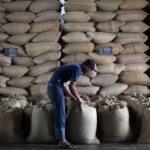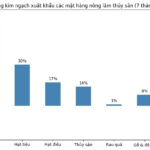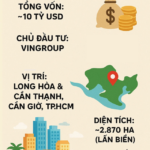Resilient Growth in Vietnam’s Agricultural Exports
At the regular press conference on October 6, the Ministry of Agriculture and Rural Development (MARD) announced that in the first nine months of this year, the export turnover of agricultural, forestry, and aquatic products reached USD 52.3 billion, a 14.3% increase compared to the same period last year. The trade surplus for the entire sector continued to rise, reaching USD 15.9 billion, 27.8% higher than the same period, showcasing the robust resilience of the agricultural production sector amidst global economic uncertainties.
Market structure remains stable. The United States is the largest market, accounting for 20.6% of total export turnover, followed by China (20%) and Japan (7.1%). The European Union, ASEAN, and South Korea also recorded significant growth.
Several key commodities achieved impressive results. Coffee emerged as the standout performer, with a turnover of USD 6.98 billion, a 61.4% increase driven by higher average export prices and strong consumer demand. Cashews reached USD 3.75 billion, up 18.9%; rice maintained its position in the billion-dollar export group with USD 3.55 billion. Other products such as fruits and vegetables, rubber, cassava, and cassava-based products all saw double-digit growth.

Deputy Minister of MARD Phung Duc Tien.
Deputy Minister Phung Duc Tien stated that with this momentum, if production and export rates are maintained in the final months, the total turnover of agricultural, forestry, and aquatic products for 2025 could reach USD 67-70 billion, far exceeding the initial target. This would be a remarkable achievement, reflecting the effectiveness of the increasingly refined production-processing-export chain.
However, Tien warned of several challenges that could impact growth targets. Political instability, conflicts in certain regions, international shipping conditions, climate change, and domestic natural disasters could affect supply and product costs. Notably, Typhoon No. 3 caused significant damage to many farming areas, requiring the agricultural sector to be more proactive in prevention and production recovery measures.
“MARD is closely coordinating with the Ministry of Industry and Trade and local authorities to expand markets and promote formal exports, particularly to China, the European Union, and CPTPP member countries. Additionally, trade promotion programs and negotiations to open new markets for fruits, seafood, and processed products are being intensified in the fourth quarter,” said Deputy Minister Tien.
Rainfall from Typhoon No. 10 in Hanoi Equals Half of the 2008 Flood
At the press conference, regarding the recent flooding in Hanoi caused by Typhoon No. 10 and comparisons to the historic 2008 flood, Mr. Hoang Duc Cuong, Deputy Director of the National Center for Hydro-Meteorological Forecasting (MARD), noted that the rainfall was only “half of the historic 2008 flood.”
In 2008, Ha Dong District recorded nearly 800 mm, and Lang recorded around 500 mm, with continuous rain for five days. Specifically, during the September 30 rainfall, the Lang station measured 296 mm; Ha Dong 261 mm; Hanoi Hydrometeorological Station 202 mm; and Thuong Cat 155 mm. Although the rainfall intensity was high, the duration was short, and the affected area was not as widespread as in 2008, it still placed significant pressure on drainage systems, agricultural infrastructure, and residents’ daily lives.
Mr. Cuong mentioned that disaster forecast bulletins were issued, along with warnings about impacts on people and property, to help relevant agencies, from education to local governments, make informed response decisions, such as school closures.
Before the disaster struck, central authorities, ministries, and local governments held numerous meetings and issued various directives to prepare.
“At these meetings, members of the hydrometeorological sector always provide updates on rainfall, storms, and flooding. Based on the meeting conclusions, the chairpersons of provincial and city People’s Committees make appropriate decisions to respond to natural disasters and storms, including whether to close schools,” said Mr. Cuong.
Fruit and Vegetable Exports: Surging Past Stagnation, Aiming for New Record Highs
After a challenging start to the year, Vietnam’s fruit and vegetable exports have staged a remarkable comeback.

